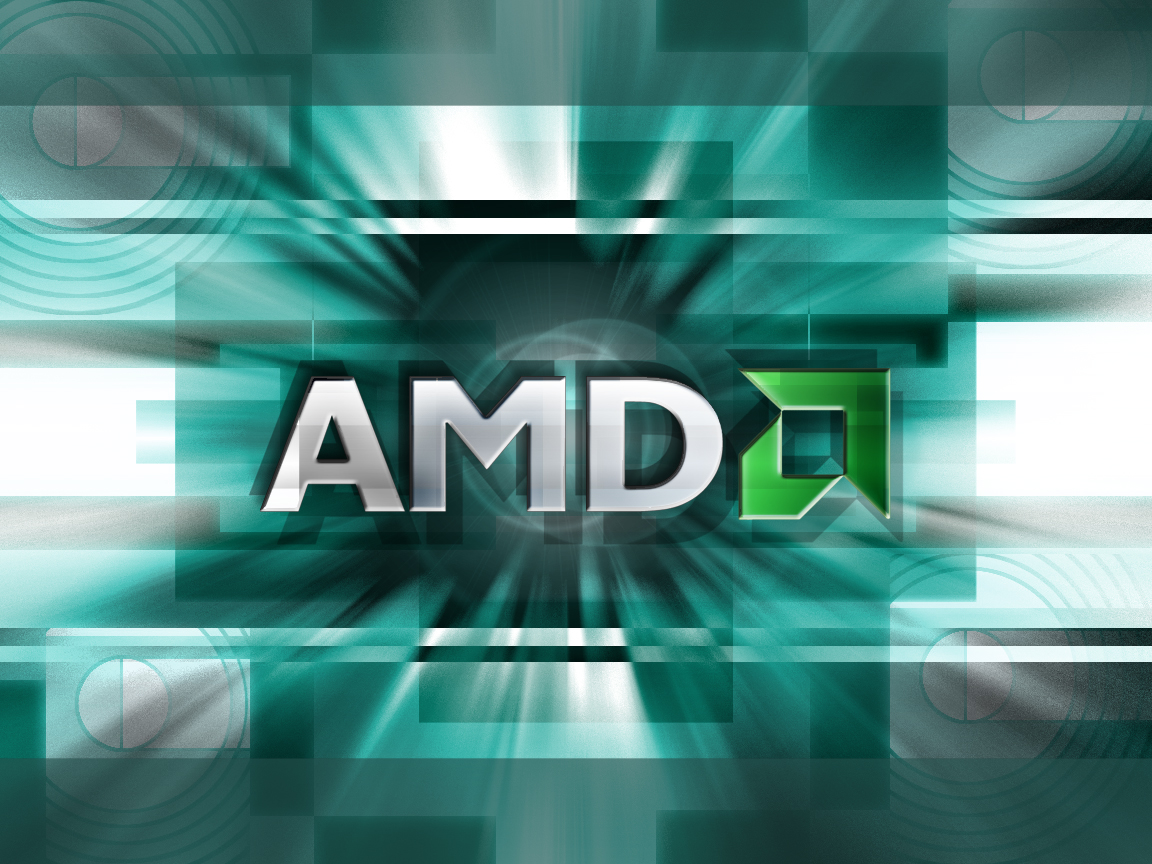One of the most important leaders in tech today is Dr. Lisa Su, the CEO of AMD. Lisa Su became CEO three years ago, and since then she has turned the company around in big ways and made AMD a formidable competitor to Intel in the PC CPU space and made AMD a force to be reckoned with in server chips.
At CES I had a chance to sit down and talk to Dr. Su and ask her about the last three years of her leadership at AMD and why AMD has now become an even stronger force in PC CPU’s, GPU’s and Server processors. If you follow AMD, you know that before Lisa took over, AMD had some serious financial challenges. While it stabilized under former CEO Rory Read, AMD’s strategy for the future was not clear, and the company was often guilty of overpromising and under delivering.
Dr. Su told me that when she first took over as CEO, her mantra to the team was “don’t worry about the financials. Just focus on delivering great products.”
At the strategic level, she worked with her teams to create a product roadmap that reflected future trends and coalesced around their core competencies and told her team to “put all of your energy into building those products and concentrate on executing this visionary roadmap.”
She also made an important strategic decision that said: “AMD would concentrate on being a high performance computing company” which meant anything that did not meet this criterion would not pass muster with her.
One detour the company took during Mr. Read’s leadership is that AMD decided to pursue, what at the time, seemed like a safe bet. They added development around a processor for tablets, and as you know, that market just did not develop like some had thought it would. Now, under Dr. Su’s guidance, all work is focused on high-performance computing, designs, and platforms that demand more computing power to operate.
Another observation she shared with me is that when she took over as CEO, the industry thinking was that demand for discrete graphics would decline and the graphics functions integrated into the core CPU’s would increase. But as she pointed out, that has not happened, and demand for discrete graphics chips and graphics cards are on the rise. This is driven by the higher demand for performance PC’s that are used in gaming and, shortly, will be needed in PC’s and laptops that support 4K and eventually 8K graphics screens.
One factoid from our research is that we see more and more millennial’s whom, in the past, were satisfied with gaming consoles, move over to high-performance gaming PC’s in droves.
This trend has helped AMD grow their market in gaming PC’s and, given the interest in higher resolution screens, this should continue to help AMD drive higher sales in the gaming and high-performance PC space.
Three of their most recent products have already had a significant impact on AMD’s bottom line, and more importantly, has helped them rise in both stature and acceptance in the eyes of their OEM’s and business partners. AMD’s EPYC server chips are world class in power and functionality and, as Dr. Su told me, “the network guys are jumping in with two feet” to buy them and use them in their server operations.
Their Ryzen CPU’s compete head-on with Intel and every week they get new design wins from most of the top PC makers who are adding Ryzen processors to their PC and laptop product mixes. In fact, I spoke with two of the top PC makers about AMD, and for the first time in many years they were extremely bullish about AMD and pleased with the new CPU’s they are making available to them.
Add to that their new Radeon Graphics chips and cards and AMD now has a trifecta of products that are competitive and industry leading in their scope and reach.
Intel will always be the dominant player in PC CPU’s and server Chips, but AMD has now become a world-class competitor to them. This type of competition is not only good for Intel in that it keeps them on their toes, but it also is excellent for consumers who now have new powerful alternatives when they shop for PCs.
As an analyst, I have covered AMD since its early days and often dealt with their colorful founder Dr. Jerry Sanders while he was CEO. AMD has always had great potential and promise, although subsequent leaders who followed Dr. Sanders have taken AMD on many bumpy rides in the past. My sense is Dr. Lisa Su has now brought a great deal of vision and discipline to the company and has set it on a path for steady growth in the future. She has also emerged as one of the top spokespeople for our industry, and her leadership role in the tech industry will only grow as she guides AMD in the coming years.
One last thought about AMD-
The fact that AMD has come back strong as a competitor to Intel can’t be underestimated. Intel is always aggressive with their roadmaps, but serious competition from AMD will only help them become more competitive themselves. Also, the recent partnership Intel developed with AMD to include AMD’s graphics processor in a co-designed chip could be a precursor of a more tighter relationship with the two companies in the future. AMD’s graphics chips are very powerful, and Intel does not need to reinvent these graphics chips on their own given the other irons in the fire in areas such as 5 G and autonomous vehicles that are even more important to their future.
